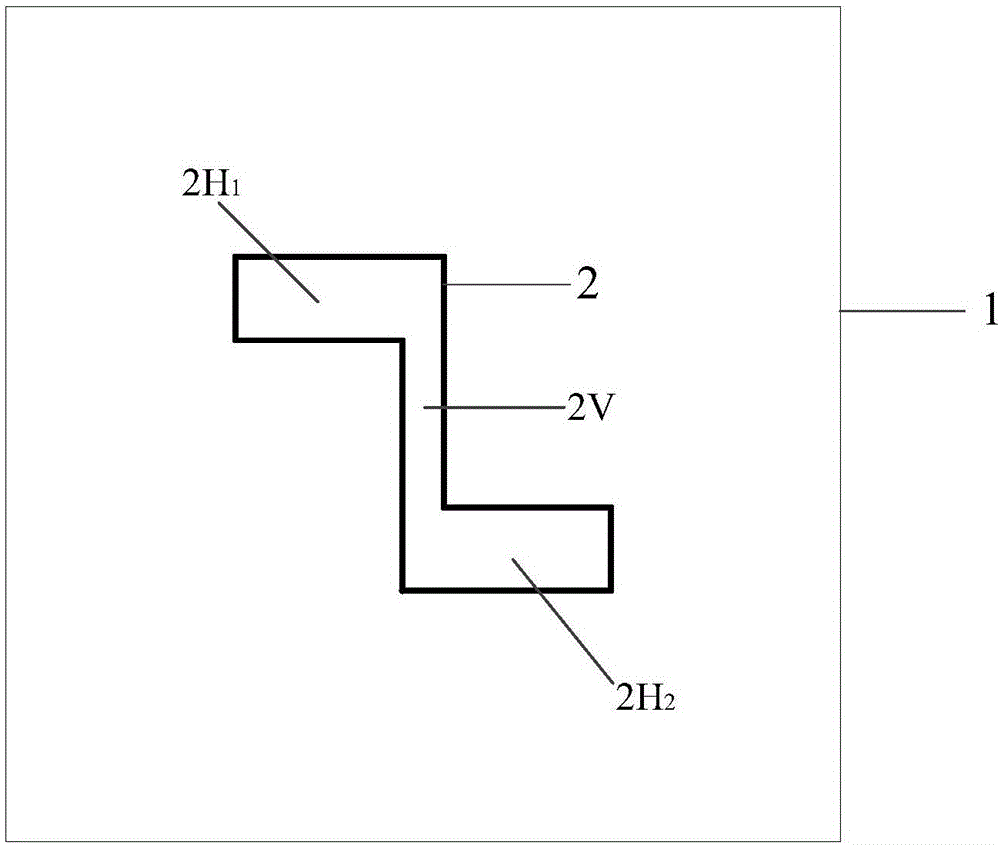Z-shaped depolarized chipless RFID (Radio Frequency Identification) tag and system
An RFID tag and chipless technology, applied in the structural form of radiation elements, inductive record carriers, antennas, etc., can solve the problems of high manufacturing cost, inability to meet large-scale mass production and application, etc., and achieve convenient mass production and strong anti-interference ability, the effect of improving the isolation
- Summary
- Abstract
- Description
- Claims
- Application Information
AI Technical Summary
Problems solved by technology
Method used
Image
Examples
Embodiment
[0028] like figure 1 As shown, a system composed of zigzag variable polarization chipless RFID tags includes a reader, a transmitting antenna TX, a receiving antenna RX and a label. The transmitting antenna TX and the receiving antenna RX are perpendicular to each other, and the transmitting antenna TX emits The vertically polarized wave is used as an interrogation signal. The horizontally polarized component transmitted back by the signal after passing through the tag can be received by the receiving antenna RX. The RCS of the received horizontal component shows an obvious resonance peak at some specific frequency points in the frequency domain. Encoding with a certain number of digits can thus be realized.
[0029] like figure 2 and image 3 As shown, the tag is composed of at least one zigzag variable polarization chipless RFID tag, and the zigzag variable polarization chipless RFID tag includes a label attachment unit 2, a metal floor 3 and a single-layer dielectric sub...
PUM
 Login to View More
Login to View More Abstract
Description
Claims
Application Information
 Login to View More
Login to View More - R&D
- Intellectual Property
- Life Sciences
- Materials
- Tech Scout
- Unparalleled Data Quality
- Higher Quality Content
- 60% Fewer Hallucinations
Browse by: Latest US Patents, China's latest patents, Technical Efficacy Thesaurus, Application Domain, Technology Topic, Popular Technical Reports.
© 2025 PatSnap. All rights reserved.Legal|Privacy policy|Modern Slavery Act Transparency Statement|Sitemap|About US| Contact US: help@patsnap.com



